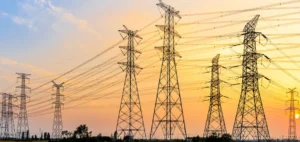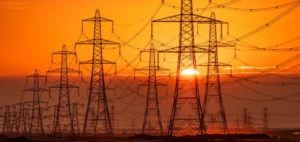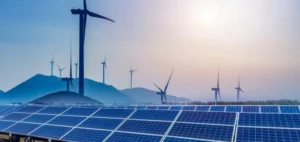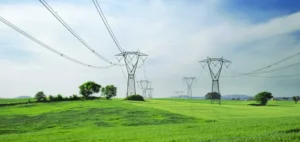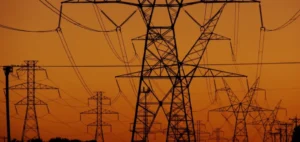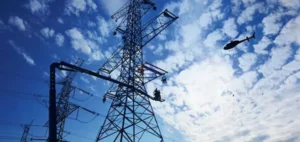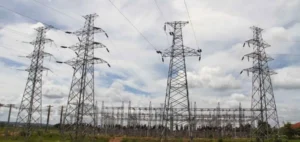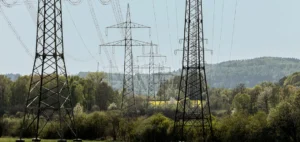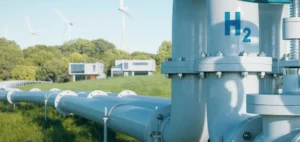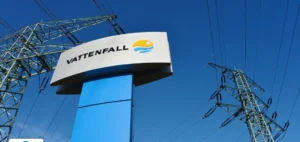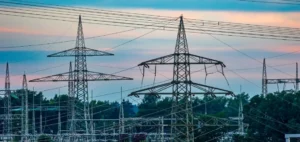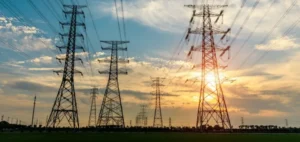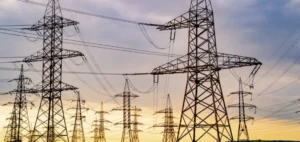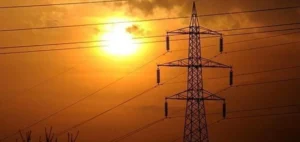The blackout that struck Spain and Portugal on April 28 was triggered by a cascading surge phenomenon never before observed in Europe, according to preliminary findings from the European Network of Transmission System Operators for Electricity (ENTSO-E). The event paralysed the entire Iberian Peninsula, disrupting electricity supply, internet services and mobile phone networks for several hours.
This interruption, of exceptional magnitude, has been described as the most serious power failure to occur in Europe in the past twenty years. Damian Cortinas, Chair of the ENTSO-E Board, stated that the type of surge involved was a first, not only in Europe but likely worldwide. The interim report, compiled by a panel of 45 technical experts, does not yet provide the root causes of the incident, which are expected to be detailed in a final report due in the first quarter of 2026.
A rise in voltage amplified by stabilisation measures
In the 30 minutes preceding the blackout, two critical episodes of fluctuations in frequency, power and voltage were recorded. These anomalies mainly affected the Spanish and Portuguese grids. Network operators attempted to stabilise the system by reducing electricity exports to France, which temporarily mitigated the fluctuations but simultaneously increased voltage levels within the Iberian network.
This increase led to power losses in several renewable energy installations, notably wind and solar farms. These reductions were followed by cascading disconnections of production centres, without substitute resources being activated in time. This sequence caused a rapid propagation of surges across the entire system.
Incomplete data and disputed responsibilities
A full understanding of the incident remains incomplete. Klaus Kaschnitz, Vice-Chair of the expert group, noted that some third parties did not authorise the transmission of critical technical data to the Spanish grid operator. This lack of cooperation has slowed down the analysis of the exact origins of the blackout.
Disagreements over responsibilities persist. Spain’s Minister for the Ecological Transition, Sara Aagesen, stated that the grid lacked sufficient voltage control capacity on that day. Beatriz Corredor, President of Red Eléctrica de España (REE), instead pointed to conventional energy producers – nuclear, hydro and gas – whose protection thresholds may have been set too low.
A complex technical chain rather than a single fault
According to the interim conclusions, the blackout was not caused by an overreliance on renewable energy sources. The think tank Ember, which contributed to the report, stated that the failure resulted from a chain of technical disruptions amplified by several protective mechanisms that failed to respond as expected. No specific technology has been identified as the sole trigger.
The final report, expected in 2026, is intended to identify technical and organisational levers needed to prevent similar incidents in Europe’s interconnected power infrastructure.



